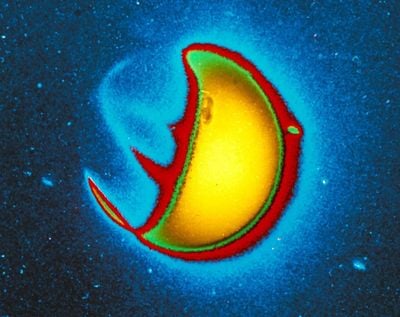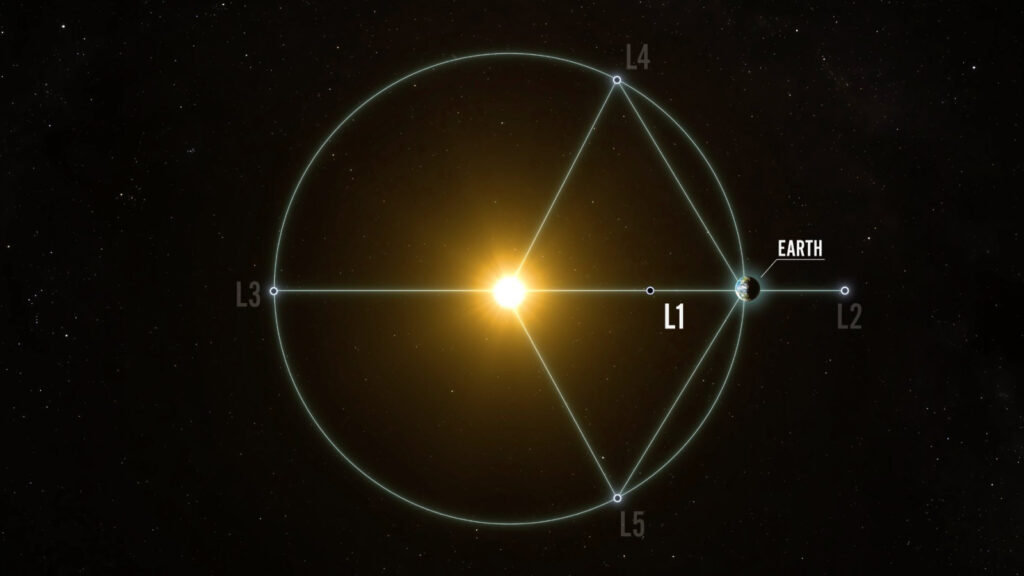Some NASA missions are designed for very specific tasks, but all of them help feed into our understanding of our universe, and in some cases our pale blue dot, work. A new mission to study one of the more esoteric parts of the atmosphere successfully launched Wednesday (Sept. 24), and over the next 2-3 years will monitor the outer reaches of our planet’s atmosphere.
The Carruthers Geocorona Observatory lifted off at 7:30 a.m. EDT from the Kennedy Space Center in Florida. It joins NASA’s Interstellar Mapping and Acceleration Probe (IMAP) and the National Atmospheric and Oceanic Administration (NOAA)’s Space Weather Follow-on Lagrange-1 (SWFO-L1) probes on a journey to the L1 Lagrange point between the Earth and the Sun.
We know this because, in April 1972, Apollo astronauts put a primitive UV camera on the Descartes Highlands on the Moon during their visit there. The images it produced of the geocorona were absolutely stunning, but the camera’s inventor, Dr. George Carruthers, realized it didn’t show the whole picture. Even a camera as far away as the Moon couldn’t capture the exosphere in its entirety.
It took more than 50 years, but his dreams of launching a mission to be able to capture that complete image will finally be fulfilled soon.
The new model of camera is much more advanced than his original one, representing 50 years of advancement in UV imaging. It will have both a wide-field and a near-field imager. The former will take pictures of the whole exosphere while the latter will provide details of how it’s interacting with both the lower atmosphere and particles from the Sun.

That solar interaction is one of the most interesting parts of the mission, as it is one of the main methods by which the Earth loses its hydrogen – one of the main components of water, which is critical to life as we know it. Understanding how that hydrogen loss happens could help scientists narrow the search for potential exoplanets with sufficient amounts of water to potentially be habitable.
Once it reaches the Earth-Sun L1 point, which is four times farther away than the Moon, and 1.6 million kilometers closer to the Sun than Earth, the Carruthers Geocorona Observatory will begin its commissioning sequence. It should start taking data in March next year, and has a planned operational life of two years, though, if all goes well, that could be extended significantly. Watching our pale blue dot shine its brightest, in this case, will help us understand other pale blue dots scattered throughout the galaxy better. But, perhaps most importantly, it will fulfill the dream of a pioneering engineer and physicist who passed away in 2020 at the age of 81.
The original version of this article was published on Universe Today. It has been edited lightly for accuracy.
